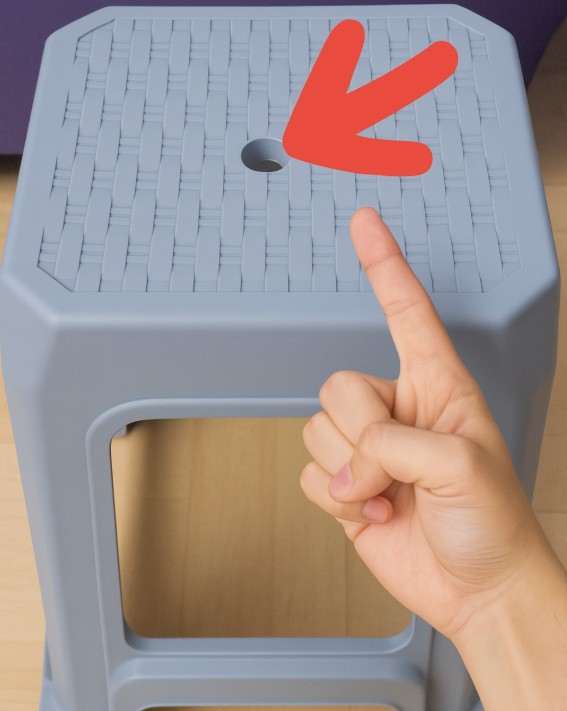You’ve probably noticed the small round hole in the middle of those common plastic stools or chairs—and maybe never wondered why it’s there. From kitchens and outdoor parties to classrooms and street vendors, these chairs are everywhere, always with that same little hole. It’s no accident; that hole has smart practical uses.
One main reason for the hole is to make stacking easier. When smooth plastic stools are piled, they create suction between each chair, making them tough to separate without wobbling the whole stack. The tiny hole lets air flow in and breaks that seal, so you can lift one chair smoothly.
The hole also works as a handy handle. Instead of awkwardly grabbing at edges, you just slip a finger through and carry the chair comfortably. But that’s not all—the hole plays a role in water drainage too. When stools are left outside and it rains, water would usually pool on the flat seat. Thanks to the hole, the rain quickly drains away, avoiding soggy seats and puddles.
On top of that, the hole helps when cleaning chairs with water, allowing spills to run through instead of collecting. From a manufacturing view, the hole is a clever design choice that speeds up production. When plastic cools in a mold, thick areas take longer to harden; the hole reduces the center thickness so cooling happens faster. This means more chairs can be made efficiently, saving time and energy.
Also, removing that bit of plastic makes the chair lighter, which lowers shipping costs and helps reduce plastic use overall—a small change with a big positive effect. And let’s be honest, it’s a little fun feature—kids and grown-ups alike like to poke their fingers through the hole.
Next time you sit on a plastic chair, remember that tiny hole is a smart, multi-purpose design detail that helps with stacking, carrying, draining, production, and even saves resources. Sometimes the simplest features make the biggest difference.


